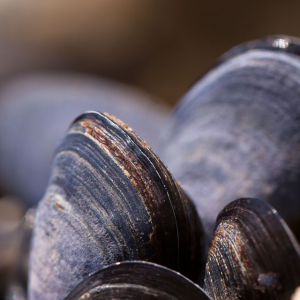
This paper argues that novel foods such as microalgae, mycoprotein, molluscs and mealworm can be important sources of nutrition that are resilient to disturbances such as climate change, trade restrictions and disease.
The figure below maps the resilience of various plant- and animal-sourced foods as well as novel foods to a range of risk factors. The production of novel foods is able to avoid some of the risks associated with conventional food sources, argues this paper, for example through production in closed environments (thus allowing greater control over growth conditions and minimising contamination), modular design (e.g. of insect production units) that offers scalability and reduces the impact if one module malfunctions, and polycentric food networks that use short supply chains (e.g. spirulina photobioreactors) and thus can mitigate reliance on international supply chains and the disruptions that can affect them.
Image: Figure 1, Tzachor et al. Current risk landscape of ASF, PSF and future foods farming systems.
Abstract
Future foods, such as microalgae, mycoprotein and mealworm, have been suggested as nutritious and sustainable dietary options. Here we consider one of the most profound, yet neglected, benefits of future foods farming systems—their potential to provide essential nutrition in the face of systemic disturbances—and discuss major barriers to realising this prospect.
Reference
Tzachor, A., Richards, C.E. and Holt, L., 2021. Future foods for risk-resilient diets. Nature Food, 2, 326–329.
Read the full paper here. See also the TABLE explainer Impacts of climatic and environmental change on food systems.







Post a new comment »